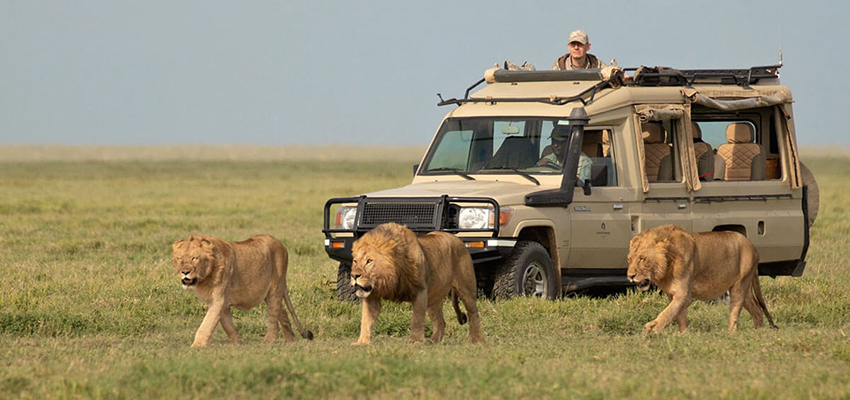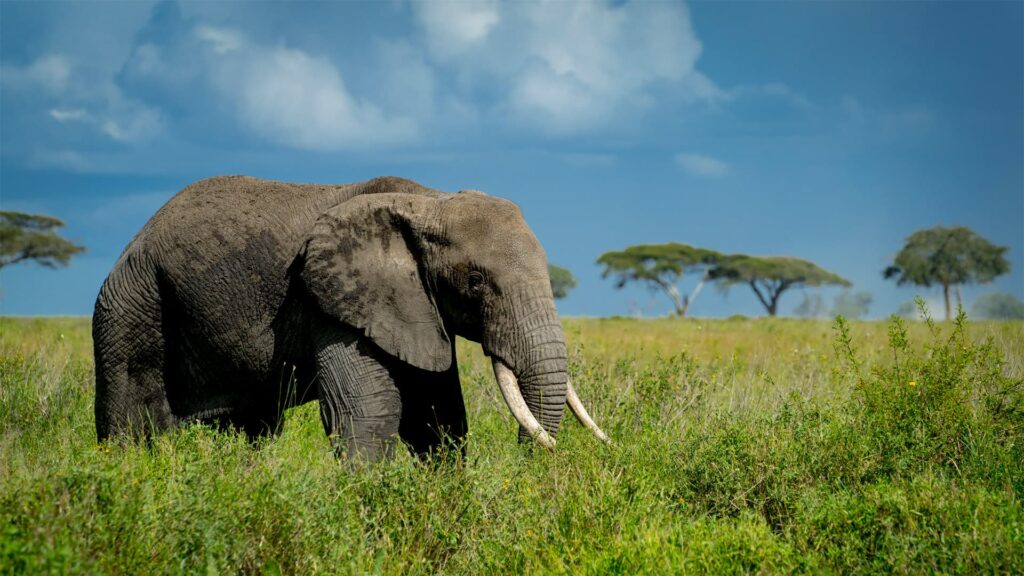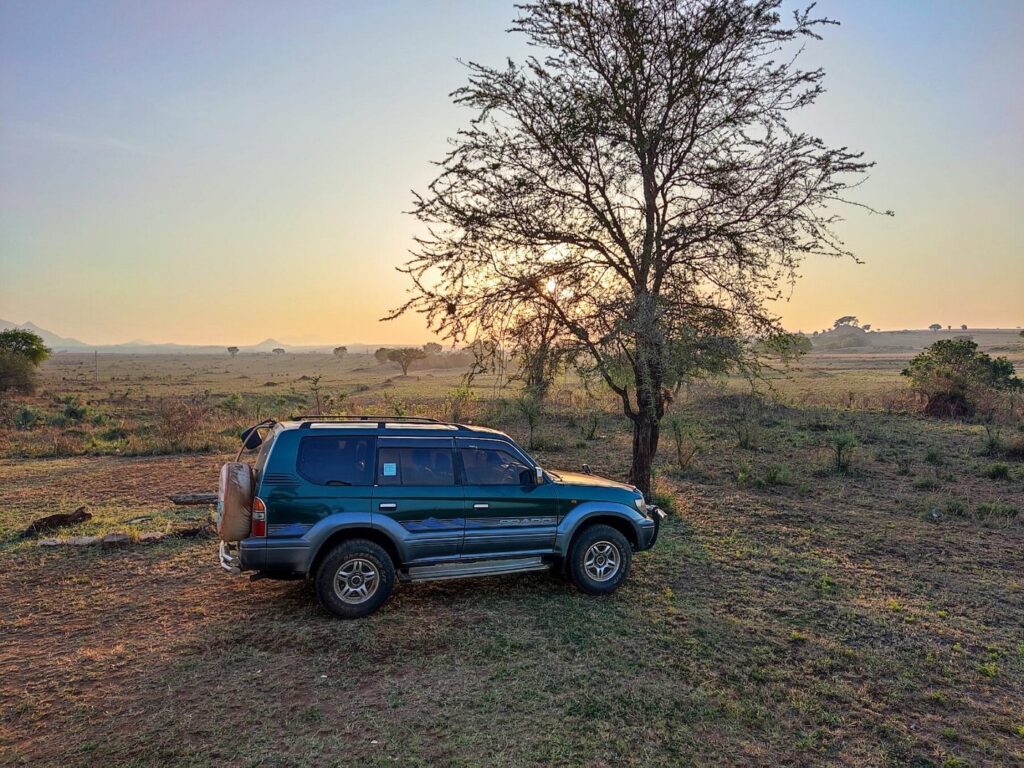Best self drive guide to Seronera Area/ valley
Best self drive guide to Seronera Area/ valley: Seronera Valley is recognized for four primary attributes: it is the most accessible predator viewing location in Africa; it is the most significant area within Serengeti National Park; it hosts the Serengeti Lion Project; and it is renowned for its archetypal American savannah scenery. Self drive safaris to Seronera Valley, Seronera is the optimal habitat for the African felid. While traversing the Seronera valley, one may observe remarkable predatory species such as lions, cheetahs, leopards, and hyenas. These predators coexist with other small predators in the Seronera Valley, including the serval, mongoose, jackals, and foxes. The term “seronera” may derive from the Maasai word “Siron,” signifying the habitat of the big-eared fox.

Visitors accessing the Seronera valley in Serengeti parks arrive through the Naabi Hill Gate, which provides entry into the valley. The valley comprises expansive, grassy plains traversed by multiple rivers, which have consistently drawn various species due to their existence. This is frequently one of the reasons we are located in the Seronera region of Serengeti National Park. The Seronera Valley is predominantly adorned with formations known as Kopjes, a term meaning “little head,” derived from Dutch dialect. This refers to the assemblage of substantial granite boulders shaped by volcanic weathering. Gradually, unique softening formations emerge from the plains, providing a refuge of shade and water for all fauna during the season. An Overview of the Seronera Valley
The kopjes of the Seronera Valley are located within Serengeti National Park, offering an exquisite setting for visitors on game drive safaris. The most renowned kopjes in the Seronera Valley in the northern Tanzania circuit include the Gol, Maasai, Moro Kopjes, and Liliondo, which are the most well-known.

Nevertheless, amid the tranquil valley, there exist remarkable remnants of the Masai rock drawings. These were completed many years prior, although they remain visible throughout the valley, particularly on the Moro Kopjes. These rocks are typically accessed in the bush and are most easily reached during the season, as rainfall may impede access to these remarkable rock formations. Buffaloes, topi, hartebeest, impala, waterbuck, reedbuck, dik-dik, diverse giraffes, warthogs, and a myriad of birds of varying hues and sizes rest in the Seronera Valley. The lion prides in this area are so famous that they attracted numerous safari game-hunting ventures a century ago, and these expansive southern plains extending to the Naabi Gate are the region in Tanzania where one is most likely to encounter cheetahs. The banks of the Seronera River, lined with chestnut trees, offer an ideal temperature for lethargic panthers to rest on sunlit branches, while lions roam unimpeded.
The Seronera Valley in the northern Serengeti National Park is a crucial location for animal observation, which has led to significant investment in the establishment of permanent lodges to provide tourists with a variety of accommodation alternatives. The majority of travelers choose accessing the Seronera Valley due to the most efficient and remarkable adventure safaris.
From April to June, the notable Migration traverses the Central Serengeti en route to the verdant fields and abundant water sources of the Northern Serengeti, subsequently returning from November to December as the groups pursue the rains to the Southern Serengeti pastures and the Ngorongoro Conservation Area. Thomson gazelles, migrating east during the verdant season, return to the current region at this time of year due to the availability of sustained water sources, thus attracting cheetahs and hyenas. An Overview of the Seronera Valley

The Seronera Valley in Serengeti National Park is sustained by multiple rivers, providing a consistent water source for wildlife. The valley is accessible year-round, providing excellent opportunity for wildlife observation. The peak season in this magnificent valley occurs from April to June, attracting numerous visitors. This period is optimal for wildlife observation, as the valleys teem with animals, particularly during the migration of zebras, wildebeest, and gazelles moving northward. Discover the most efficient and captivating wildlife safaris in the Seronera region. Arusha Car Rental excels in organizing safaris to the Seronera Valley in Central Tanzania.
